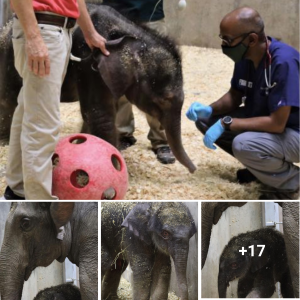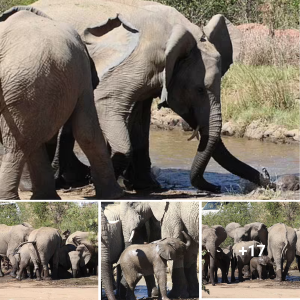The greater capercaillie is a captivating bird species that inhabits the sagebrush ecosystems of North America. It is known for its intricate mating rituals and beautiful feathers, making it a symbol of the western landscape. We will explore the characteristics of this remarkable bird, its habitat, conservation status, and ongoing initiatives aimed at preserving the Greater Capercaillie.
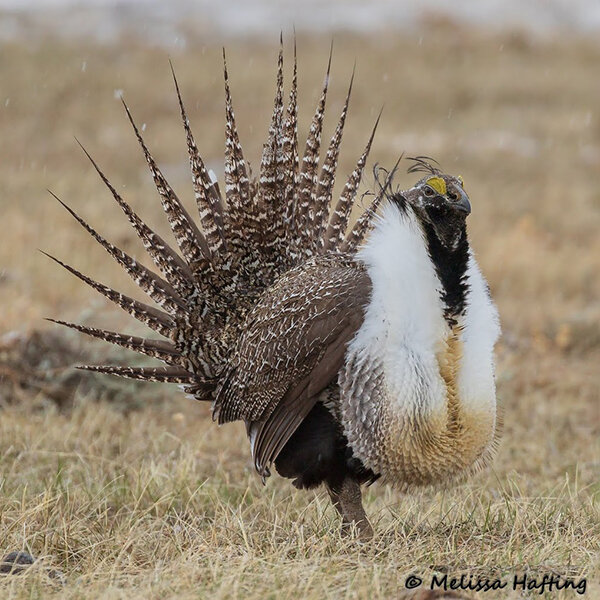
.
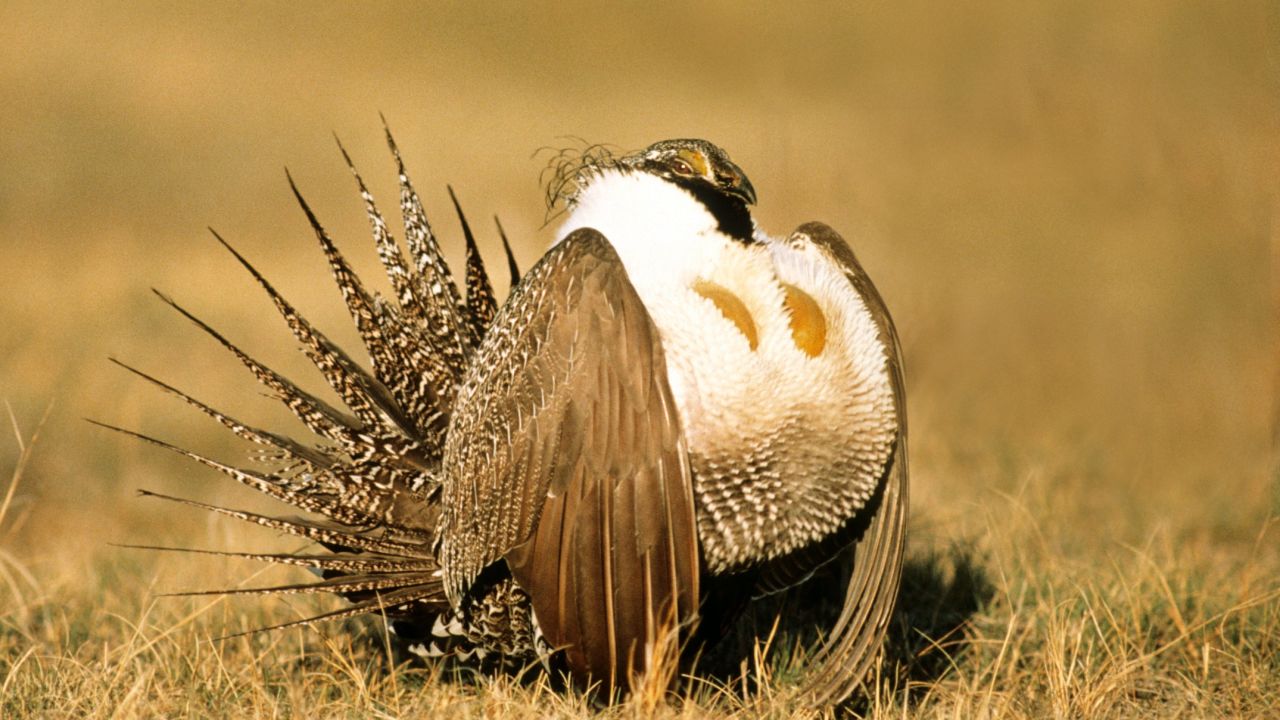
The greater capercaillie is a magnificent bird that is quite large, measuring 25 to 30 inches (64 to 76 cm) long and weighing about 2 to 7 pounds (0.9 to 3.2 kg) on average. It has an impressive feature of elongated feathers on its chest and neck that can expand or contract depending on its posture and mood. During mating rituals, the male displays these feathers to attract potential mates.This bird is commonly found in sagebrush steppe ecosystems, which are characterized by large areas of sagebrush, native grasses, and sporadic shrubs. These habitats provide the greater capercaillie with crucial resources such as food, shelter, and nesting sites. The species is adapted to living in arid and semi-arid regions in eleven states in the western United States and two provinces in Canada.
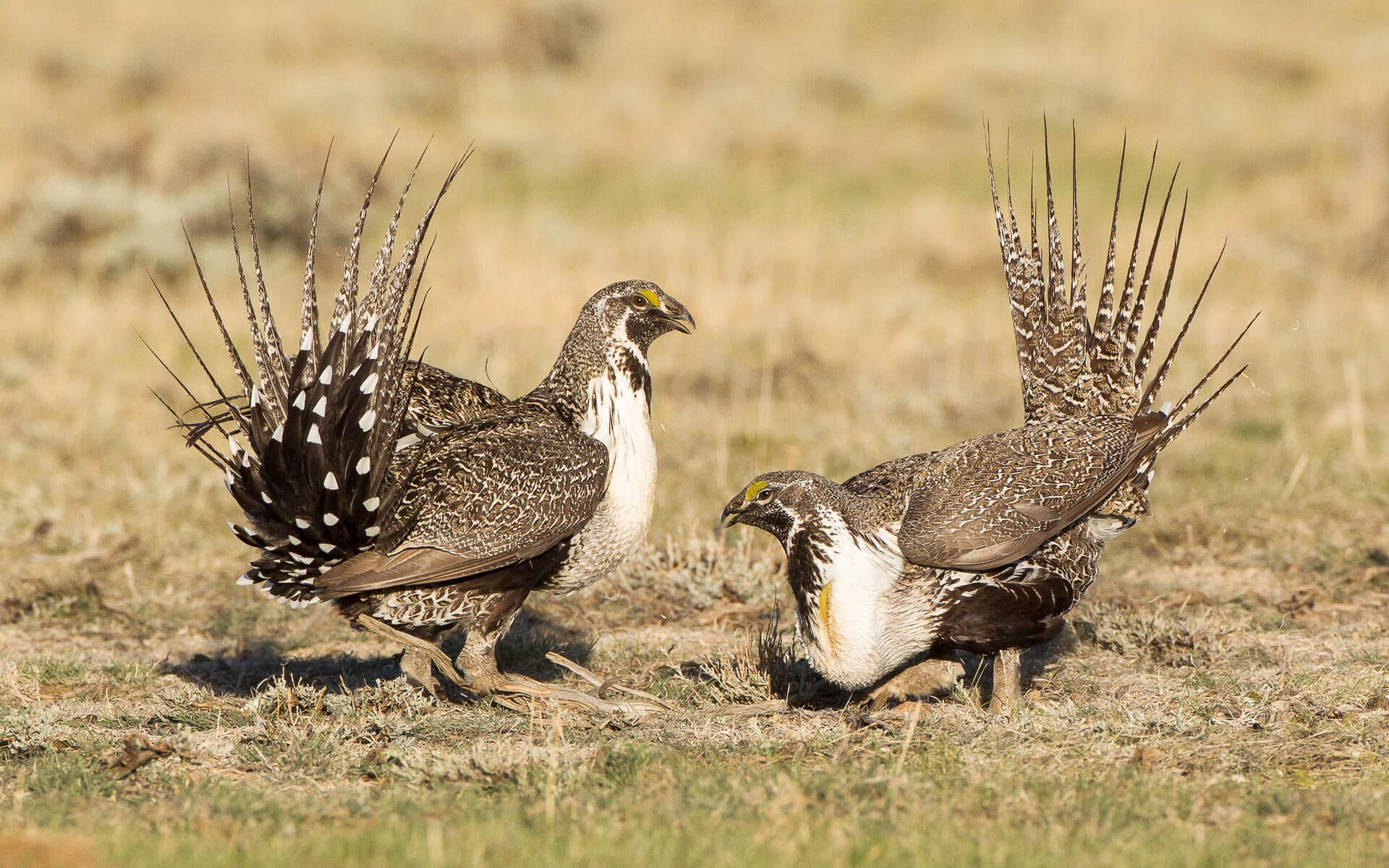
The welfare of the greater capercaillie is currently a pressing issue, as human activities have negatively affected its natural habitat. The species has been facing a decline due to the loss and fragmentation of its habitat, added to the negative effects of mining, urban expansion, renewable energy, and cattle ranching. These conditions pose a serious threat to the bird’s existence.
In 2010, the US Fish and Wildlife Service found that the greater capercaillie was endangered and needed protection under the Endangered Species Act. However, it was not listed as endangered due to multi-stakeholder conservation efforts. This move led to the implementation of collaborative plans to protect the bird and its habitat across a wide range.

Protection of the greater capercaillie involves a collaborative effort among various entities, including federal, state, and local agencies, private landowners, and conservation groups. The approach should be multifaceted, encompassing habitat restoration, land management practices that sustain or enhance sagebrush habitats, predator control, and minimizing disruption during crucial life stages.
Numerous campaigns have been initiated to safeguard and rejuvenate sagebrush ecosystems. These initiatives focus on limiting the impact of damaging wildfires, invasive plant species, and infrastructure expansion. To implement conservation measures and promote conservation planning at the landscape level, partnerships have been established between landowners, government agencies, and non-profit organizations.
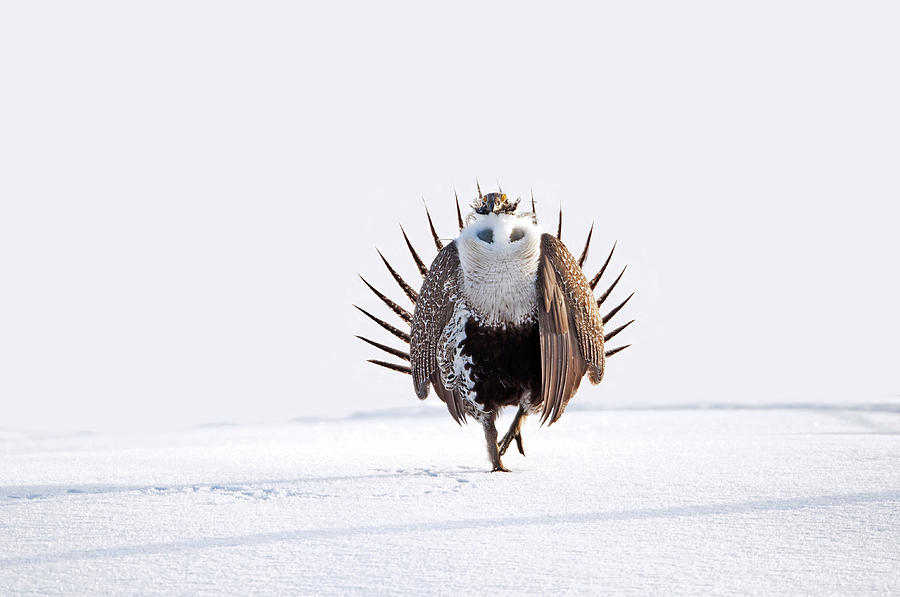
The greater grouse is an essential part of the North American sagebrush ecosystem, symbolizing its spirit and serving as a key indicator of its health. Protecting this iconic bird and its habitat is vital not only to its survival but also to preserving the unique landscape and the many other plant and animal species that depend on it. By working together and implementing successful conservation strategies, we can work to ensure a sustainable future for the greater capercaillie and the impressive sagebrush habitats it inhabits.
